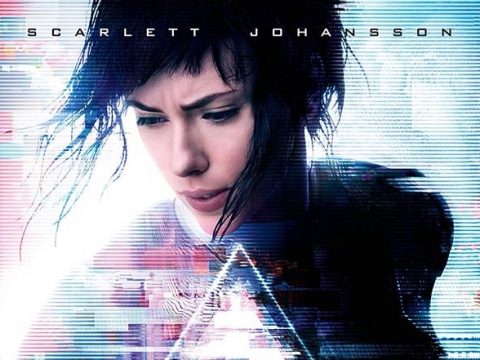In America, 2D animation is on the downswing. Ever since Pixar came along and made truckloads with fully 3D CGI films such as Toy Story or Finding Nemo, and more traditionally animated 2D movies like Treasure Planet and Sinbad: Legend of the Seven Seas tanked miserably, executives have interpreted this to mean that 2D animation was dead and that the general public was only interested in seeing 3D computer animated works. Whether or not the movies completely sucked apparently did not factor into these calculations, as even forgettable junk like Shark Tale was number one at the box office and got nominated for an Oscar.
But in Japan, despite the fact that traditional cel animation is virtually nonexistent thanks to digital painting techniques-Jin-Roh from ten years ago was the last anime film predominantly done via cel animation, and aside from the mainstream powerhouse Sazae-san, there are zero television shows animated in the traditional method-fully 3D CG works are still limited to a handful. In Issue 6 of Otaku USA, I touched upon the issues I had with the animation in films such as MS IGLOO, Appleseed, Vexille, and Appleseed EX MACHINA along with cel-shaded CG works such as Freedom Project. But truth be told, films like those along with Final Fantasy: Advent Children (which I am solidly on the record as not being a particularly big fan of) and even Final Fantasy: The Spirits Within are probably at the top of the heap when it comes to 3D Japanese animation, and that’s not saying much. Let’s look at a few other examples, shall we?

Final Flight of the Osiris: A short produced as part of the bestselling anthology known as The Animatrix, this was made before Square hit it big with Advent Children and after they positively lost their shirts on The Spirits Within. Telling a side story about the ill-fated ship crew tasked with delivering a message that would lead to the startling disappointment that was the sequels to The Matrix, Osiris is perhaps the most “Western-style” of 3D CG anime. Problem number one is that the character designs are meant to look photo-realistic, and the problem with any film, television show, or videogame that opts for this approach instead of something more stylized is that after a few years, the visuals just look terribly dated. Mentally, it’s easier to forgive something for not looking absolutely authentic to reality if it’s stylized; otherwise, if even one thing is out of place your brain goes “man, this looks fake.” They can never seem to get the eyes quite right, and despite all the hype about “ASIAN GIRL’S BUTT, AND CHECK OUT THEM BACKFLIPS!” from the trailers, the characters look as if they’re moving statues, unshaped by human hands. Which in a sense, they are.
The Professional: Golgo 13: All right, I know this movie is not a 3D CG film, but if ever you wanted an example of how dated 3D CG can get, look no further than the climax of this film. As alpha male Duke Togo stages his assault on an office skyscraper, a helicopter gunship is sent after him. In 1983, this sequence cost a mint and must have looked years ahead of its time, but alas, that still meant it looked like it was done using the Super Nintendo “Super FX” chip as was used to power the original Star Fox. Incidentally, the helicopters in this anime still look better than the helicopters in Ultraviolet. 3D CG animation costs a lot; even the 5 seconds worth of 3D CG in Mobile Suit Gundam: Char’s Counterattack reportedly cost $1 million to animate at the time. The results don’t always hold up, especially if you’re trying to look realistic.

Shadow Skill: Secret of the Kurudan Style: I always got a kick or 200 out of the original OAVs from the 1990s that were released by Manga Video, but before they made the rather average TV series, one 3D CG OAV was produced that probably best illustrates that 3D CG anime still has a LONG way to go. Much like the Appleseed feature film which was released in the same year, this OAV was animated using Toon Shader, the cel-shading program created by Tekkonkinkreet director Michael Arias to simulate the look of 2D animation in a 3D environment. If you ever played Jet Set Radio or any of the newer Naruto or Dragon Ball Z video games, you know the look. But in a series best known for its fluid acrobatic fighting sequences and the fact that it’s almost the only thing Megumi Hayashibara was still working on routinely until the new Slayers series got announced, this hour long OAV consists of a whole lot of shots of people standing still and fights happening off camera. What little we do see looks like it was done at 15 frames a second, which goes to show that even today the technology behind this isn’t cheap enough to warrant widespread use. Kakurenbo: Hide and Seek may have looked pretty darned good considering it was animated by three people, but it was also almost entirely in darkness with everyone’s faces covered. Add in the fact that everyone in Kurudan Style looks and moves like they’re marionette puppets and you can see why I’m pretty sure that nobody licensed this for release in the US.

In North America, we’ve already had a few pretty good quality CG television shows such as Reboot and Roughnecks: Starship Trooper Chronicles, and while I’m 90% certain that the new Star Wars: Clone Wars TV series will suck (nothing was wrong with the Genndy Tartakovsky ones! Why remake this instead of animating Knights of the Old Republic or the Thrawn trilogy or something?!), it’ll hopefully at least have decent animation. Japan has thus far only experienced brief flirtations with this technology, and most of the time the result has been stuff like Magical Play which only my arch-nemesis could enjoy. The reason, I think, is that the people who could conceivably do good 3D CG anime work almost all opt for creating things for videogames instead. I can only dream of a day when we can get anime TV shows of the same quality as the opening cinematic to Onimusha 3 from 2004. That day, unfortunately, won’t be anytime soon.


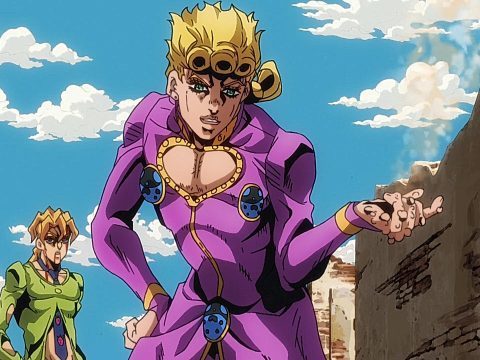
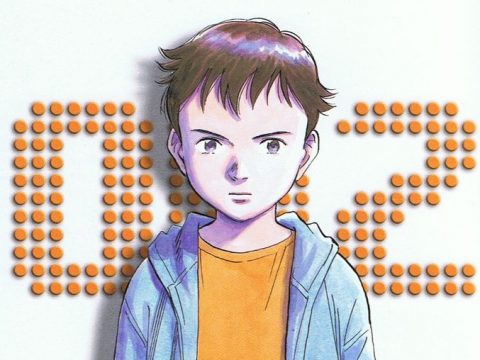
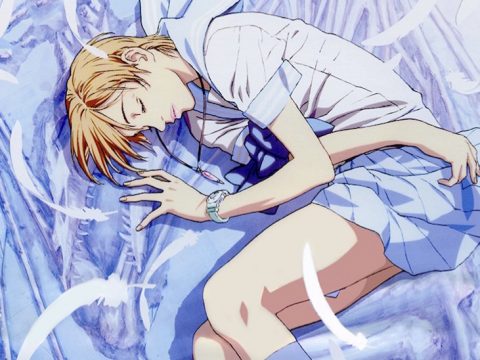
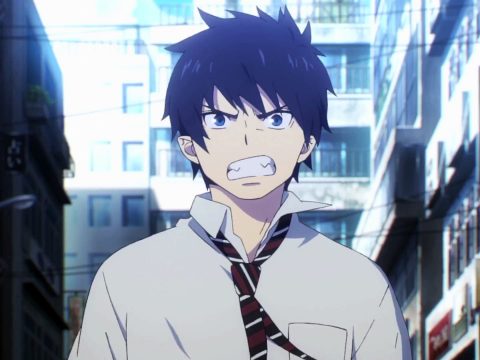
![[Review] Ghost in the Shell Deluxe Edition Manga [Review] Ghost in the Shell Deluxe Edition Manga](https://otakuusamagazine.com/wp-content/uploads/2017/08/gitsdeluxeheader-480x360.jpg)
